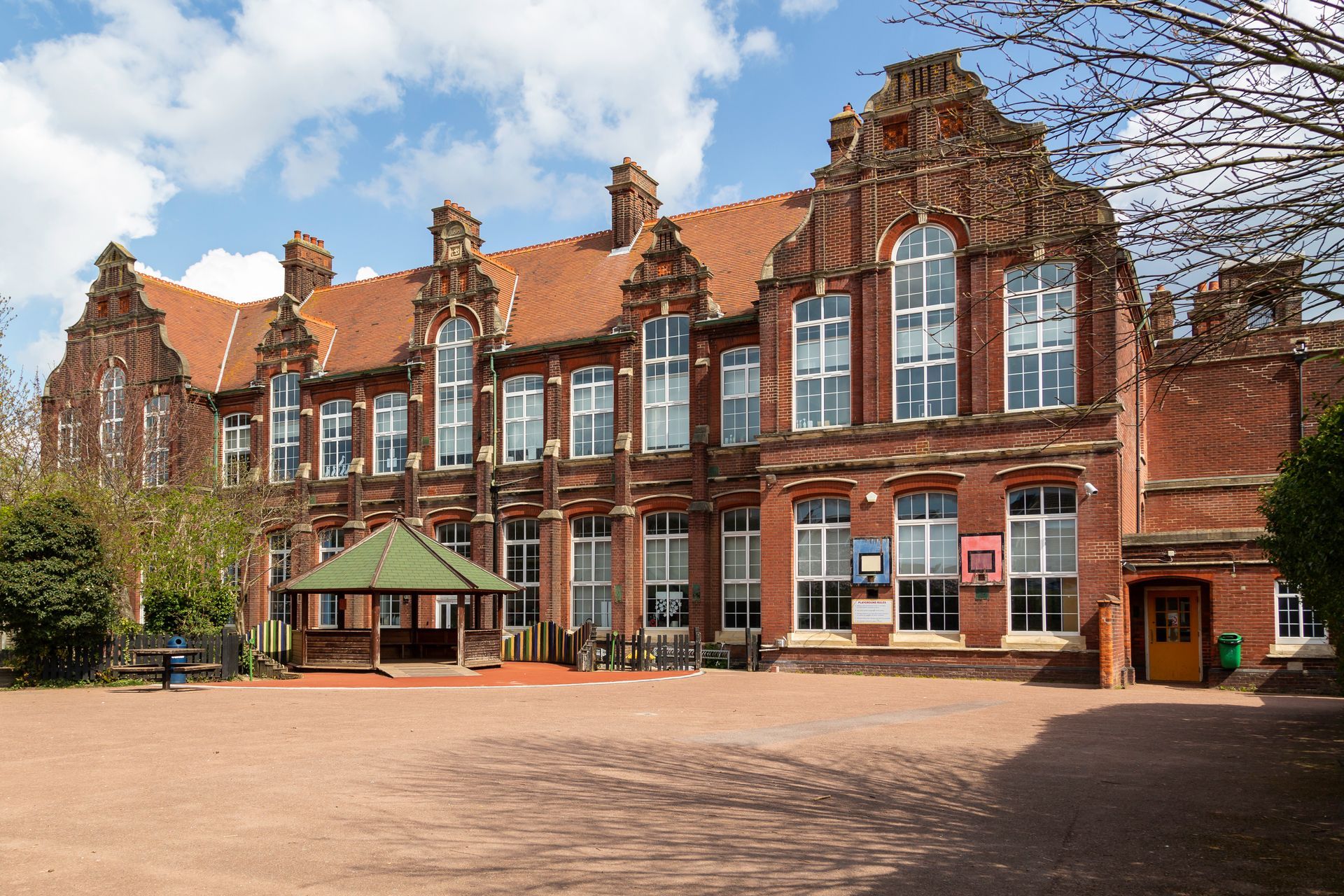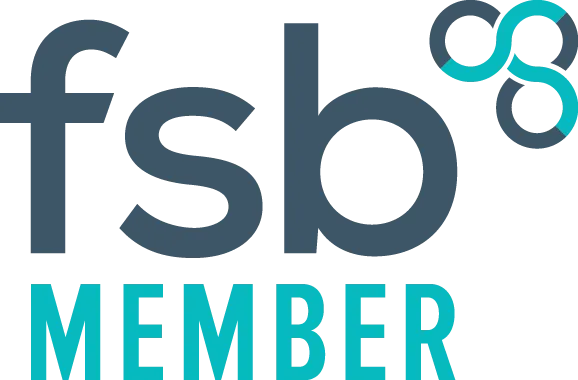Looking for other items, visit CUBED GROUP
Tips for teachers - 12
Enhancing Teaching through Formative Assessment: Insights from Craig Barton

Introduction:
One constant remains in the ever-evolving landscape of education: the need for practical assessment. Craig Barton, a respected figure in the world of teaching, mainly emphasises the power of Formative Assessment. This ongoing process of evaluating student learning is crucial for informing and improving instruction. This blog post explores how teachers can effectively implement Formative Assessment in their classrooms, drawing on Barton's expertise.
Understanding Formative Assessment:
Formative Assessment is a dynamic approach to evaluating students' understanding and progress. Unlike summative assessments, which occur at the end of a learning period, formative assessments are integrated throughout the teaching process. They provide immediate feedback and insights, allowing teachers to adjust their instruction to meet students' needs.
Craig Barton's Tips for Effective Formative Assessment:
- Integrate Regular Check-Ins:
Incorporate short, frequent assessments into your teaching routine. These can be in the form of quizzes, oral questions, or interactive activities. The goal is to make these assessments a regular learning experience.
- Diversify Assessment Methods:
Use a variety of assessment formats to cater to different learning styles. This could include written responses, group discussions, or practical demonstrations.
- Provide Timely Feedback:
Offer constructive feedback promptly. This helps students understand their areas of strength and where they need improvement, fostering a continuous learning process.
- Foster Peer and Self-Assessment:
Please encourage students to evaluate their own work and that of their peers. This practice develops critical thinking and self-reflection skills.
- Focus on Learning, Not Just Grading:
Design assessments that are learning-oriented. Ensure that the tasks and questions encourage students to think deeply and apply their knowledge.
- Tailor Instruction Based on Assessment:
Use the insights from formative assessments to adjust your teaching strategies. If many students need help with a concept, consider revisiting it with a different approach.
- Set Clear Learning Objectives:
Communicate the learning goals and criteria for success. This clarity helps students understand the purpose of their work and what is expected of them.
- Promote a Growth Mindset:
Use assessments to nurture a growth mindset. Emphasise improvement and effort and encourage students to view challenges as opportunities for learning.
- Utilise Technology:
Leverage digital tools for instant feedback and analytics. Online platforms can be effective in providing immediate insights into student understanding.
- Create a Supportive Learning Environment:
Ensure your classroom is a safe space for students to make mistakes and learn from them. This atmosphere fosters deeper engagement and risk-taking in learning.
Conclusion:
Formative Assessment, as advocated by Craig Barton, is not just a tool for measurement but a catalyst for educational growth. Teachers can create a more adaptive and effective teaching environment by regularly assessing and responding to student learning. Embrace these strategies not only to evaluate but also to enhance your students' learning journey.











